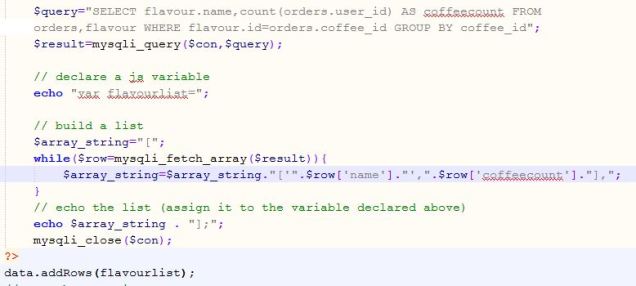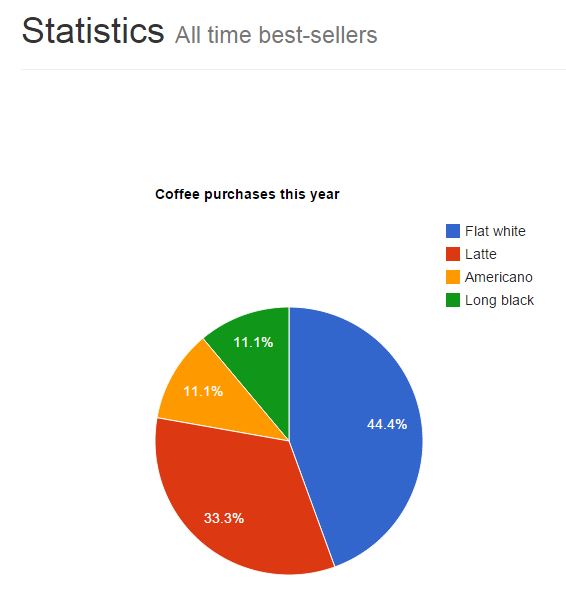It’s been going well.
As mentioned in my earlier post I tried creating a bunch of videos and got generally positive feedback. They were mostly created in response to tricky concepts I saw coming up, or when I identified tricky concepts during teaching. This was rewarding but ultimately unsustainable. Working just-in-time isn’t going to help long-term, the resources I’m creating aren’t really re-usable, and my goal is to explore the flipped classroom to use with our new timetable structure in 2019.
I decided to use a more structured approach to see if this I can make this more sustainable. I’m doing this post now because I’m just about to pass a pretty big milestone in relation to my goal, and I want to log my progress so far.
Structured approach
My Y12 programming unit seemed like the perfect opportunity to try something new. It’s a well-established unit and assessment, I know the material inside-out, and if this doesn’t work out I’ve got solid resources and knowledge to fall back on. Currently, I split the learning into six area of content:

For each of these I have slideshows with detailed notes and explanations, and a range of exercises. I thought I’d set the goal to create an introductory video for each topic, but they would end up being super long. At a conference I went to recently (more below) they talked about the 1.5 minute per year level idea for maximum video length. That would mean 18 minutes as the maximum video length. Personally I’m not comfortable with that – there’s too much riding on each video. I’m trying a few video lengths, ranging from 6-10 minutes. I have some ideas for shorter videos later on, but that will be for very specific material.
So I decided to make multiple videos, focusing on one or two ideas each. This diagram shows my plan now:

Progress
The students will watch the if videos tomorrow. Tomorrow is important because I won’t be there. If my videos are effective, they’ll get a lot done. If they aren’t… sorry reliever…
Also, I set the goal of gathering feedback from students about the videos at that point. So hopefully they are successful tomorrow. I’m aiming to survey for feedback on:
- video effectiveness (do they learn, or do they find the teacher-led instruction better)
- style/format (how I speak, screencasting code, notes)
- technical (sound quality, prefer to watch videos in Google Classroom, Edpuzzle, Google Site, other)
- anything else they think of
Alternative approach
So, this format seems like it will work, with positive outcomes. Teaching the intro lessons was much smoother than in the past, and much quicker. This seems to be because they were familiar with the concepts at the beginning of the teaching but the feedback will confirm or contradict this.
Another alternative format that might be of better use looking forward to the new timetable might be something like this:
Rather than having the videos as part of the linear progression of content (currently it is isn’t essential to watch the videos in order but it is probably detrimental not to) I could produce a series of content that is extra to the main progression. It would be supplementary/complementary and wouldn’t be necessary to complete. It would be useful for students wanting to practice or solidify concepts, for students to fill gaps when they miss class, for extension work.
My rules for videos, and some learnings
- Creating them should be painless and versatile. Editing should be zero, or minimal. Screencast-o-matic is awesome so far.
- Sound quality is important – students will be watching a lot. The laptop microphone is awful. I have a lapel mic, and a logitech headset with mic – both give very decent quality audio.
- Hosting should be simple. Google classroom clutters quickly. Students don’t like our moodle. Edpuzzle is is useful but is yet another tool for students to remember. To avoid fragmentation and group all of my resources together I’ve created a google site (I swore I’d never again but the new sites is super simple and very slick). Videos are hosted on edpuzzle, slideshows are in google drive, both are quickly and easily embedded in the google site.
- My videos are absolutely not exhaustive lectures of each topic, and don’t contain anything ‘critical’ that they won’t also get in class. They introduce some new concept(s) with simple examples. I try to put a challenging question or two in there as well. I ensure each video has closure – it doesn’t leave them confused about anything (more than you would expect, anyway).
Looped Conference
I attended a breakout session at the 2018 Looped conference on Flipped Classroom. The presenters told about their journeys so far, with some tips:
- The one about length, mentioned above
- Use edpuzzle.com (mentioned above). Edpuzzle is a flipped classroom tool for managing videos and tools. It gives some basic analytics (who’s watched, when did they watch, when did they last watch) and if you pay or jump through some hoops there are more advanced analytics.
- Turn your webcam on, so your students can see you in the video. This one isn’t for me so far. I will try it soon and see what the students say. The idea is that your students connect with you, so seeing you is helpful. I see what they mean, but I’m happy to settle with just my voice for now.
- Don’t make jokes. Yeah na that’s definitely not for me. I think my students would be totally confused if I went 5 minutes without a terrible joke.
- Don’t let the students participate until they’ve watched. I don’t know where I stand on this just yet. Students will be watching in class (we have a no-homework policy, so I’m doing in-flip)
So I guess my next post will be about the feedback I get from students (from a formal survey, and anecdotal feedback I’ve begun receiving). It might also be about the plans for 2018. There’s been basically radio silence since the beginning of the year, which is alarming because it’s a massive change for both students and teachers. I’m exploring one promising idea, but apart from my Critical Friends group I’m operating in a silo so there really needs to be some information coming out soon.



